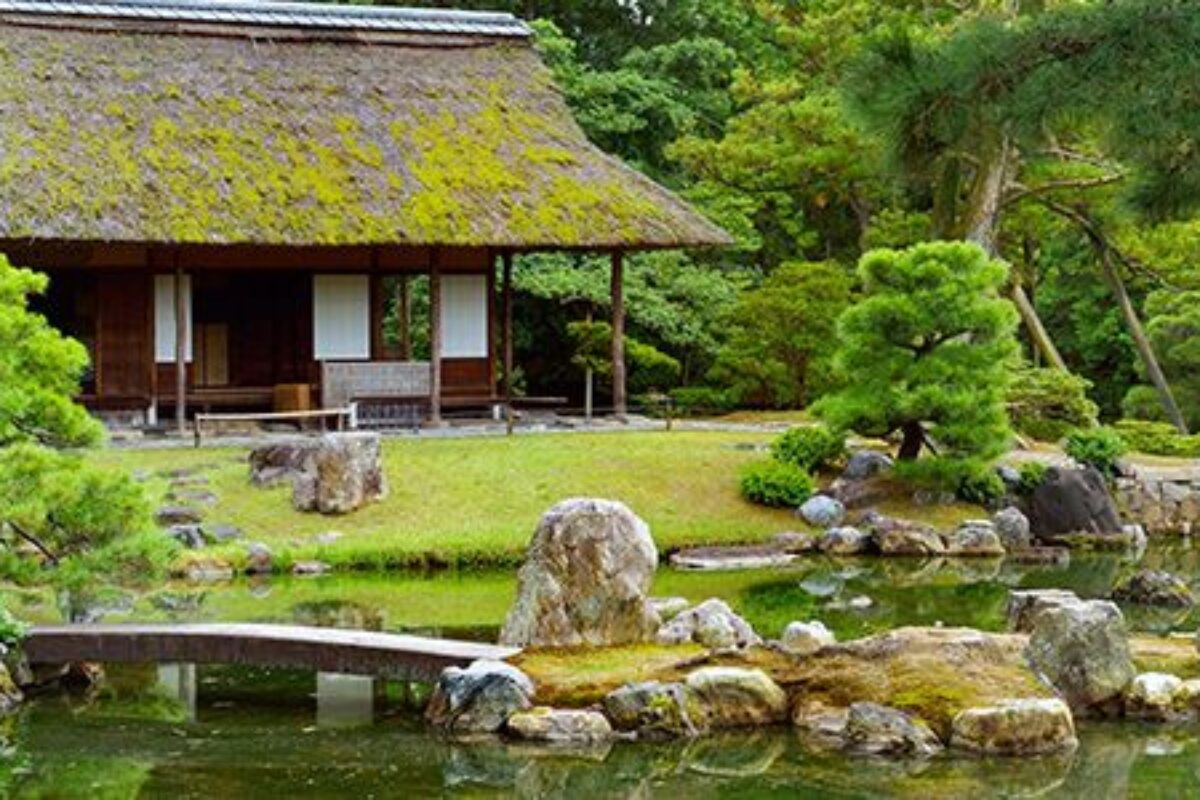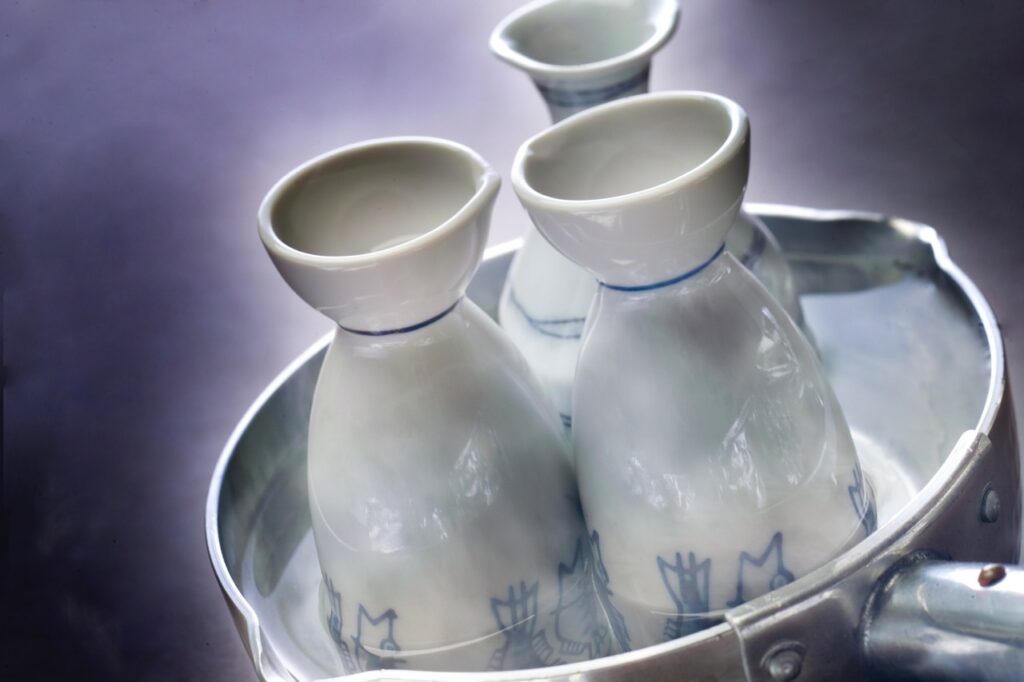Japanese Gardens: A Window into Nature and Peace
Japanese gardens are a beautiful and important part of Japan’s culture. They are known for their peaceful atmosphere and natural beauty. Each element in a Japanese garden is chosen carefully to create balance and harmony. The gardens are not just places to enjoy plants; they are designed to reflect nature, encourage meditation, and offer a peaceful escape from the busy world.
Types of Japanese Gardens
There are different types of Japanese gardens, each with its own style and purpose. Some of the most famous types include
Karesansui (Zen Gardens)
These are dry gardens, often called rock or Zen gardens. Instead of plants, they use rocks, gravel, and sand to represent water and mountains. People often rake the sand into patterns to look like flowing water. Zen gardens are meant to help people meditate and find inner peace.

Tsukiyama Gardens
These are hill gardens that use small hills, ponds, and trees to mimic real landscapes, like mountains and rivers. They often include paths for walking, so visitors can explore the scenery from different angles.

Chaniwa (Tea Gardens)
These gardens are designed for the Japanese tea ceremony, a traditional way of serving and drinking tea. The gardens usually have a path leading to a small tea house. Along the path, there are stepping stones, lanterns, and water basins to cleanse your hands before entering the tea house.

Key Elements in a Japanese Garden
Japanese gardens use simple elements, but each one has a deeper meaning. Here are some of the key components:
- Water: Water is an essential part of Japanese gardens, symbolizing life and renewal. You’ll often find ponds, streams, or waterfalls that create a calming sound.
- Rocks and Stones: Rocks represent mountains, islands, or the earth itself. They are often placed carefully to symbolize stability and strength.
- Plants: The plants in a Japanese garden are usually simple, such as pine trees, moss, and bamboo. The idea is not to show off bright colors but to create a peaceful and natural look.
- Bridges: Bridges are used in many Japanese gardens to connect different parts of the garden. They often cross over water and represent the journey of life.
The Purpose of Japanese Gardens

Japanese gardens are designed to help people feel closer to nature and find peace. In Japan, nature is seen as something to be respected and admired. Even in the middle of busy cities, you can find quiet gardens that offer a moment of calm. Many people visit these gardens to relax, meditate, or just enjoy the beauty around them.
A Sip of Tradition: Japanese Sake
+96906 1800ml / +389460 720ml Suigei Tokubetsu Junmai
After visiting a Japanese garden, you might want to try another traditional Japanese experience: drinking sake. Sake is a Japanese rice wine that has been enjoyed for centuries. It’s often served during special occasions and can be sipped slowly, much like the way you’d take your time enjoying a garden. A good sake to try is SUIGEI TOKUBETSU JUNMAI, created as a dinner companion every night. “Food friendly junmai sake” – perfect table sake featuring mellow umami and sharp after taste.
With a moderate aroma, acidity unique to Suigei, and a complex yet clean and crisp taste, it’s perfect to enjoy paired with any cuisine, whether it’s Japanese or Western and can be enjoyed while reflecting on the peacefulness of a Japanese garden.










